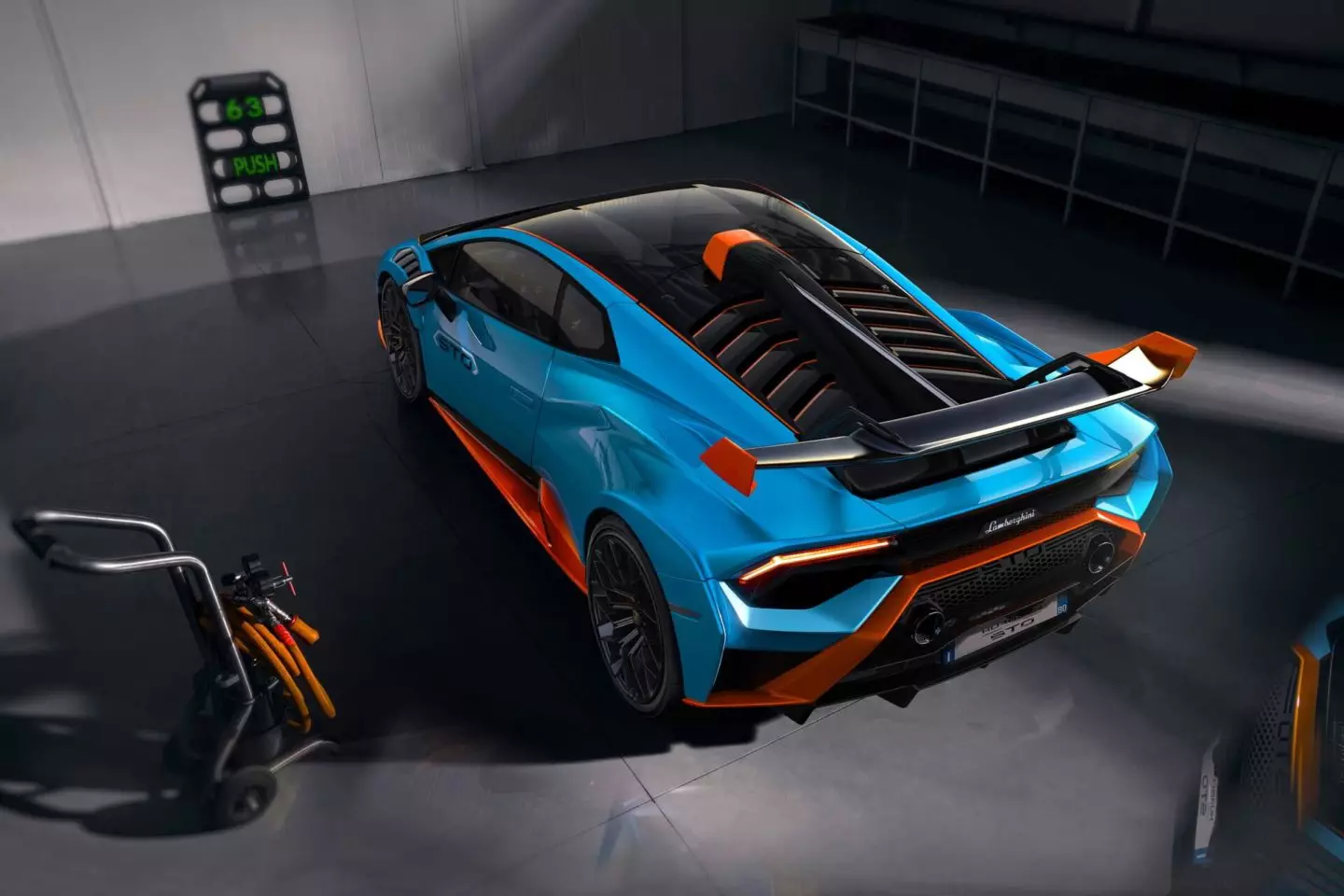Super Trofeo Omologata — in Italian everything sounds better. That's what the unprecedented acronym STO at Lamborghini stands for and, in this case, identifies the new Huracán STO , the road homologated version more focused on the Italian supersports circuits. Promise...
On the same day that Stephan Winkelmann's return as CEO of Lamborghini was officially confirmed — while retaining the same position at Bugatti — the enraged bull brand raises the bar on one of its most extreme models usual.
The new Huracán STO starts where the Huracán Performante ends. With all the lessons learned in competition with the Huracán Super Trofeo Evo and Huracán GT3 Evo, Lamborghini, with the valuable contribution of Squadra Corse, its competition department, created the ultimate Huracán that will make us the “god” of any circuit .
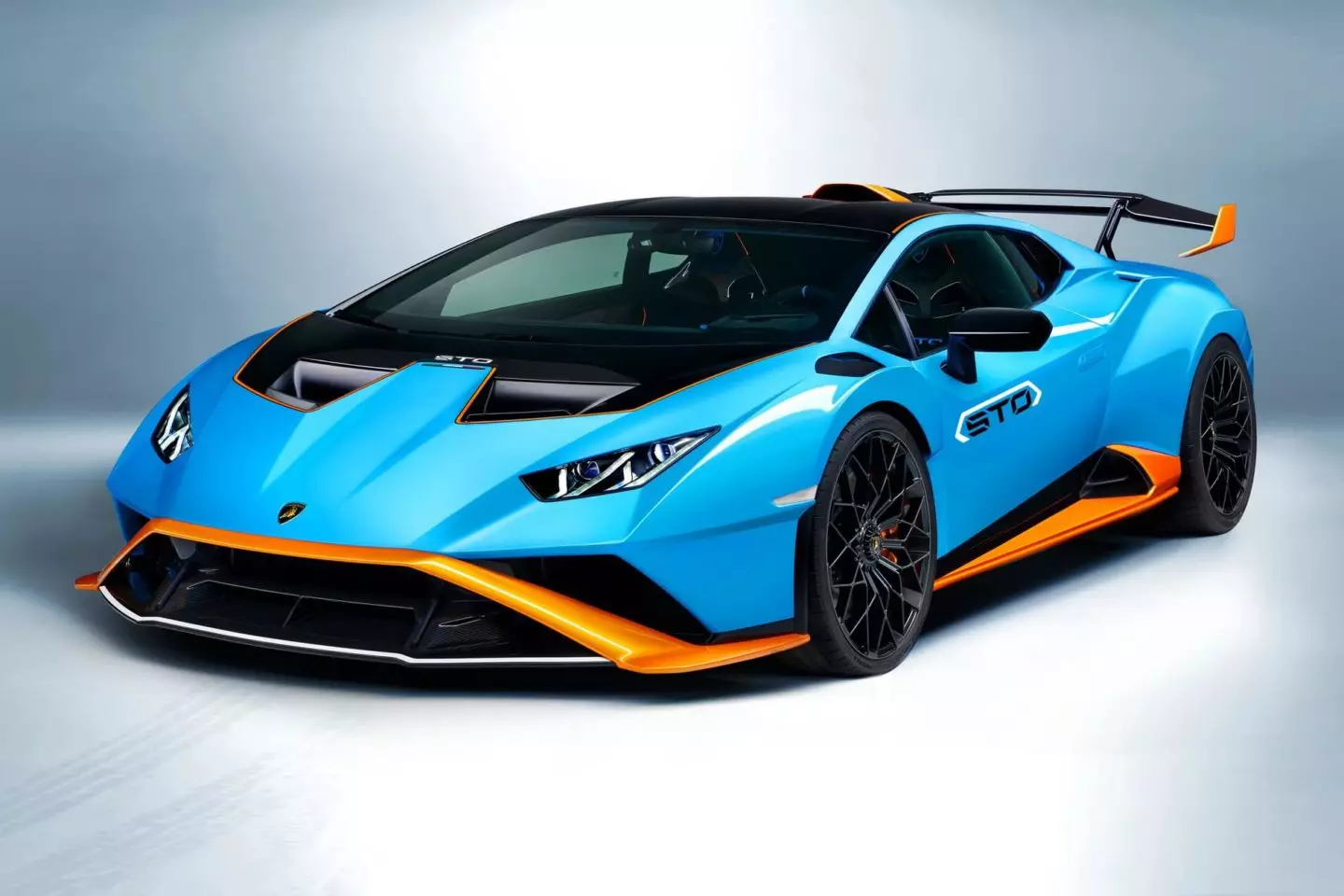
For a start, the STO does not need four-wheel drive, unlike the Performante. The absence that contributed most to the 43 kg less accusing on the scale than this — the dry weight is 1339 kg.
In addition to the loss of the driving front axle, the wheels are now magnesium (lighter than aluminum), the windshield is 20% lighter, more than 75% of the body panels are carbon fiber, and even the rear wing, which was already made of carbon fiber, debuted a new “sandwich” type structure that allowed the use of 25% less material, but without losing rigidity. And let's not forget the “cofango”…
“Cofango”?!
Almost as enigmatic as Donald Trump's tweet with the “word” Covfefe, this strange word invented by Lamborghini, “cofango” results from the combination of the words cofano and parafango (hood and fender, respectively, in Italian) and serves to identify , precisely, this new and unique piece that results from the “fusion” of these two elements and also the front bumper.
Subscribe to our newsletter
Lamborghini says that this solution also helps to reduce weight, while ensuring better and faster access to the components that are under the… “cofango”, as we see in competition, but not only. Lamborghini refers to having drawn inspiration from the master Miura and even the most recent and elusive Sesto Elemento, which include an identical solution.
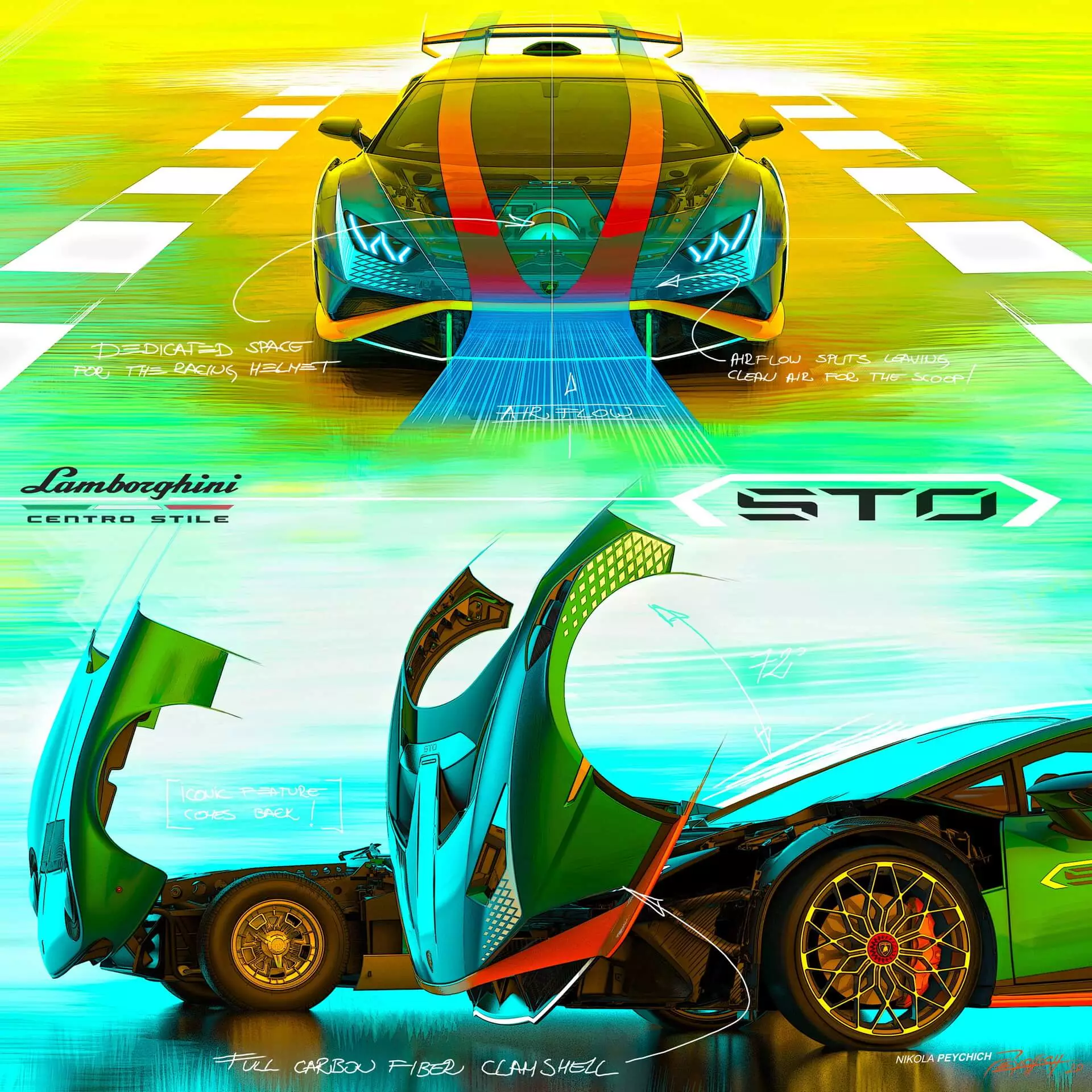
Even more effective aerodynamics
In the “confango” we can still find a series of aerodynamic elements: new air ducts on top of what would be the front hood, a new front splitter and air vents on the wheels. All to improve airflow for functions such as cooling — there's a radiator at the front — and to reduce aerodynamic drag while being able to increase downforce values (negative lift).
From the Super Trofeo EVO the new Huracán STO inherits a rear fender that helps to reduce its frontal area, generating less resistance and more downforce. It also incorporates a NACA air intake for the engine. Also with the aim of helping the engine to breathe, we have an upper air intake, immediately above the roof. It features a vertical “fin” that helps to stabilize the STO aerodynamically, especially when cornering.
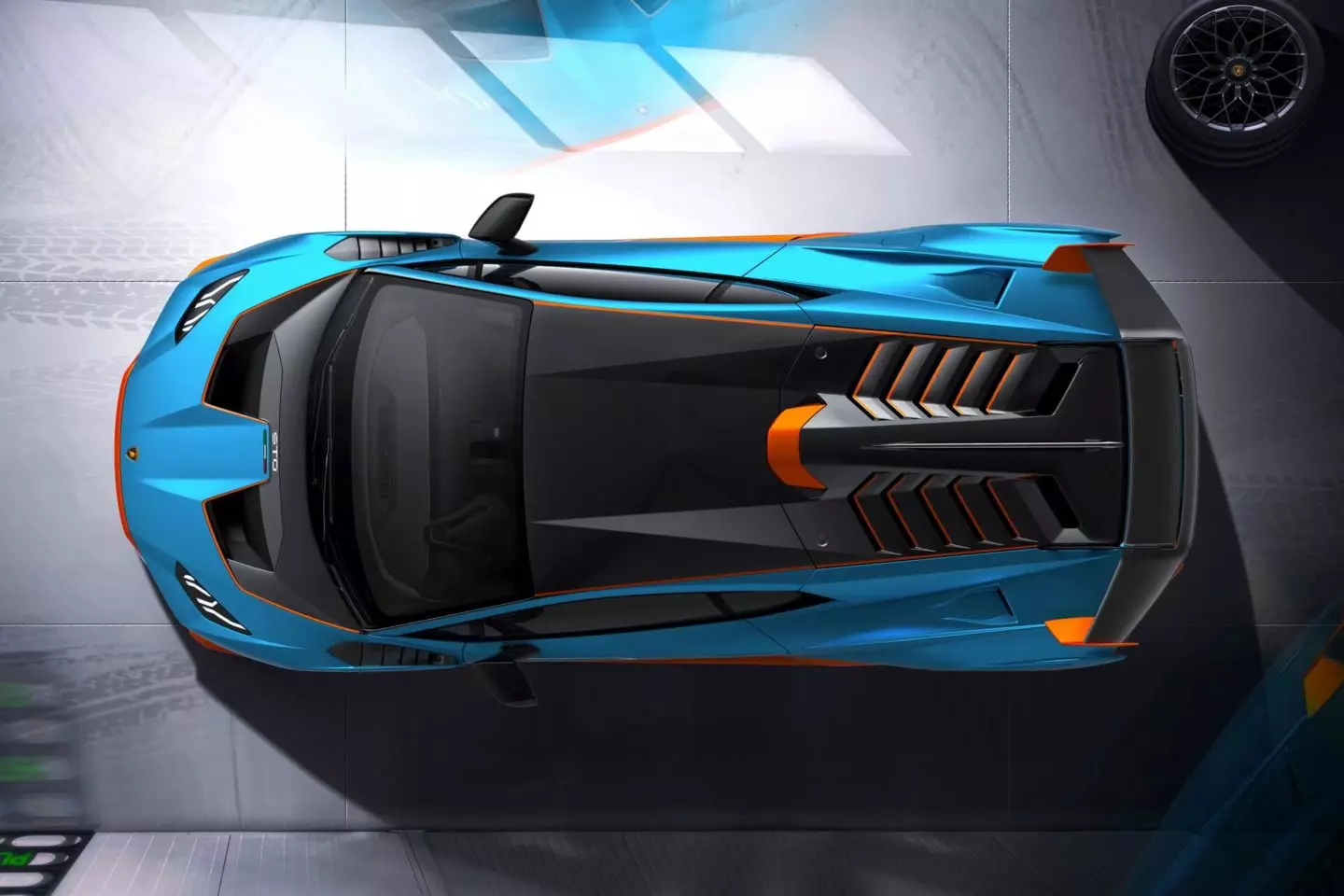
The rear wing with two planar profiles is manually adjustable. The front is adjustable in three positions, changing the downforce values — the smaller the gap between the two profiles, front and rear, the greater the downforce.
Lamborghini says the Huracán STO achieves the highest level of downforce in its class and with the best aerodynamic balance in a rear-wheel drive. The brand's numbers reveal an improved airflow efficiency by 37% and an impressive 53% increase in downforce compared to the Huracán Performante.
“Performant” heart
If the aerodynamics go further than what we've seen on the Performante, the Huracán STO maintains the specs of its naturally aspirated V10, which are also those found in the latest “normal” Huracán EVOs — if we can call a Huracán a normal. In other words, the 5.2 V10 continues to produce a shrill 640 hp at 8000 rpm, while torque reaches 565 Nm at 6500 rpm.
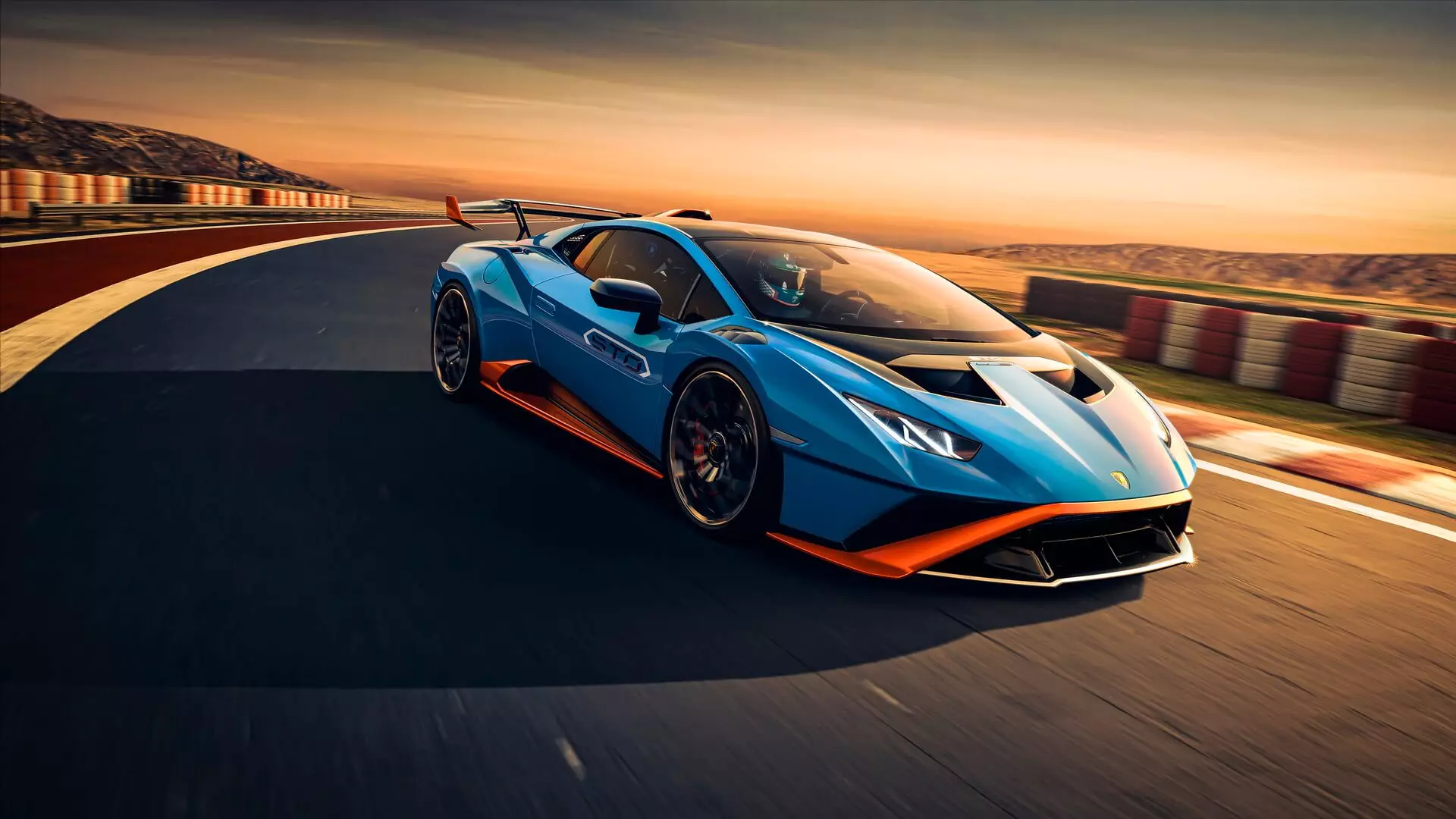
Slow is not: 3.0s from 0 to 100 km/h and 9.0s to reach 200 km/h, with the maximum speed set at 310 km/h.
At the chassis level, the focus continues on the circuits: wider tracks, stiffer bushings, specific stabilizer bars, always with Magneride 2.0 (magnorheological type damping), guarantee the STO all the desired efficiency in the circuit, but still possible to be used on the road. It also has rear wheel steering and the steering now has a fixed relationship (it varies in other Huracán) in order to improve the communication channels between the machine and whoever controls it.
Also noteworthy are the brakes made of carbon-ceramic Brembo CCM-R, even more effective than other similar systems. Lamborghini says CCM-Rs provide four times more thermal conductivity than conventional carbon-ceramic brakes, 60% more fatigue resistance, 25% more maximum braking power and 7% more longitudinal deceleration.
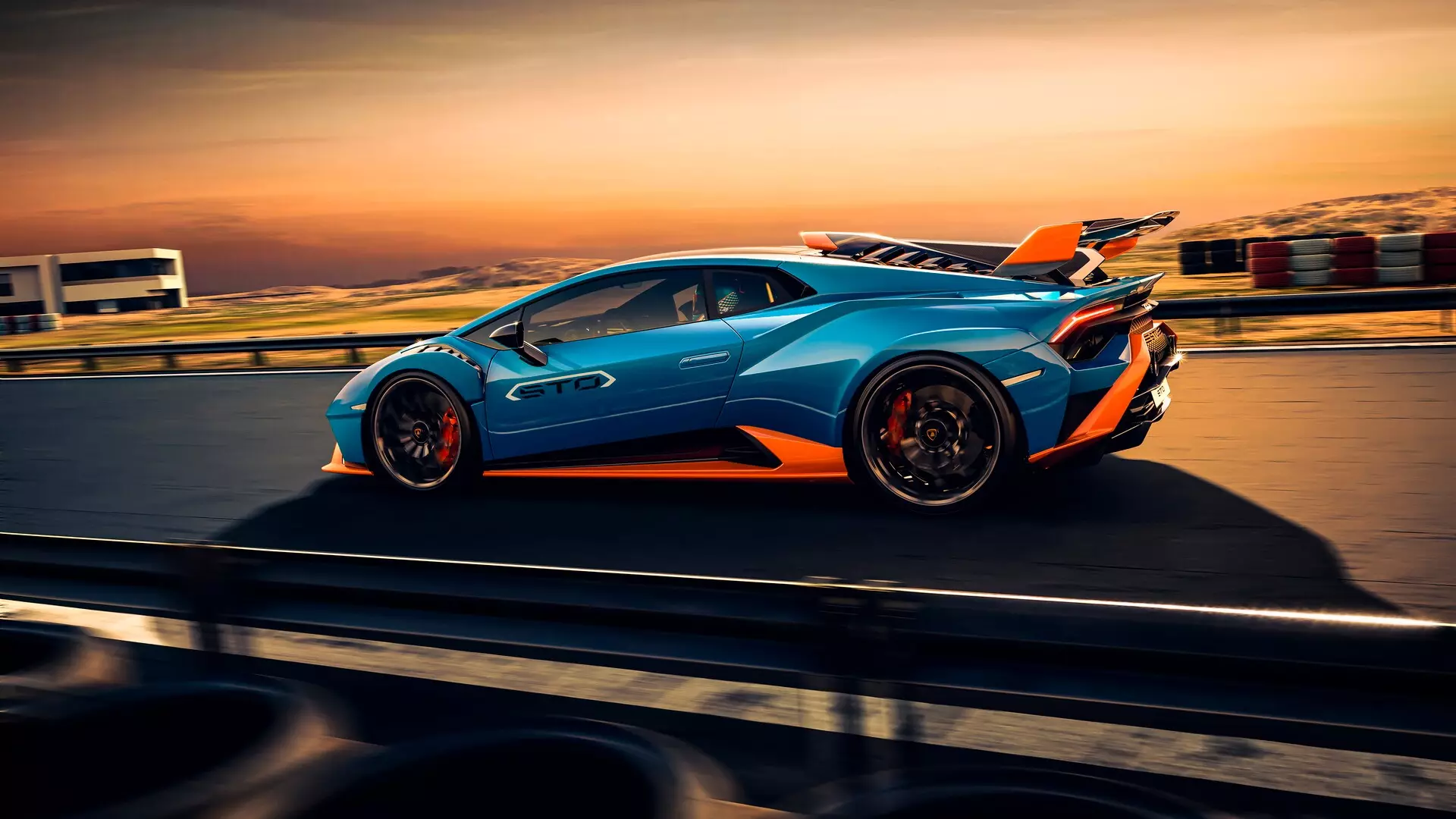
The braking distances are impressive: just 30 m to go from 100 km/h to 0, and 110 m are needed to stop from 200 km/h.
LamborghiniThe Huracán STO is confirmation that races are won in curves and not in straights.
ANIMA, driving modes
To extract the full dynamic and aerodynamic potential, the Huracán STO comes with three unique driving modes: STO, Trofeo and Pioggia. The first, STO , is optimized for road driving, but allowing you to separately switch off the ESC (stability control) if you're facing there.
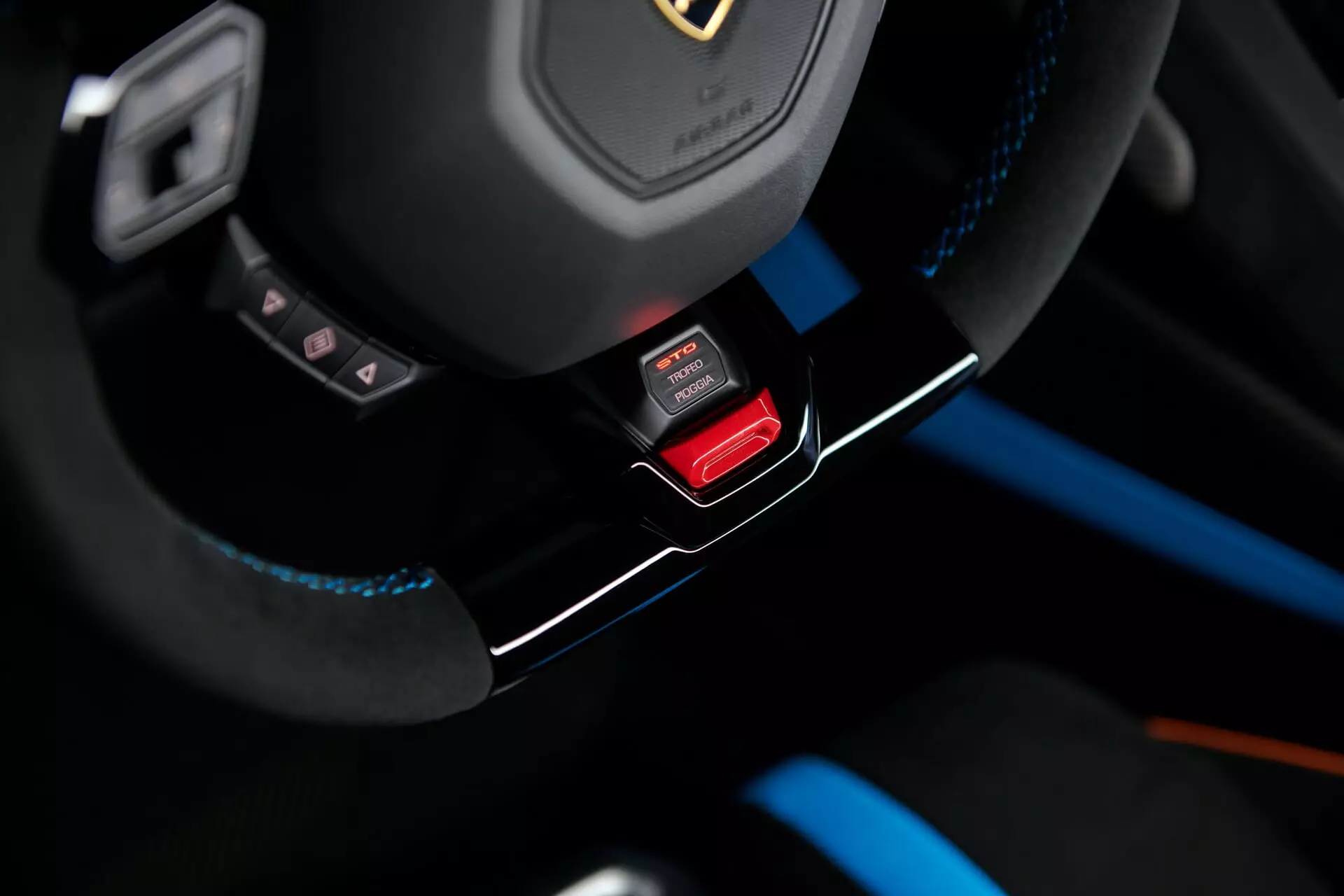
The second, trophy , is optimized for the fastest circuit times on dry surfaces. The LDVI (Lamborghini Veicolo Dinamica Integrata), which controls all aspects of the Huracán's dynamics, ensures maximum performance in these conditions using torque vectorization and specific traction control strategies. We also have access to a new Brake Temperature Monitoring Monitor (BTM or Brake Temperature Monitoring) which also lets you manage brake system wear.
The third, pyogy , or rain, is optimized, as the name implies, for when the floor is wet. In other words, traction control, torque vectoring, steering to the rear wheels and even ABS are optimized to mitigate, as far as possible, the loss of grip in these conditions. The LDVI, in these conditions, can still limit the delivery of engine torque, so that the driver/driver receives the necessary amount to maintain the fastest possible progress without being “upside down”.
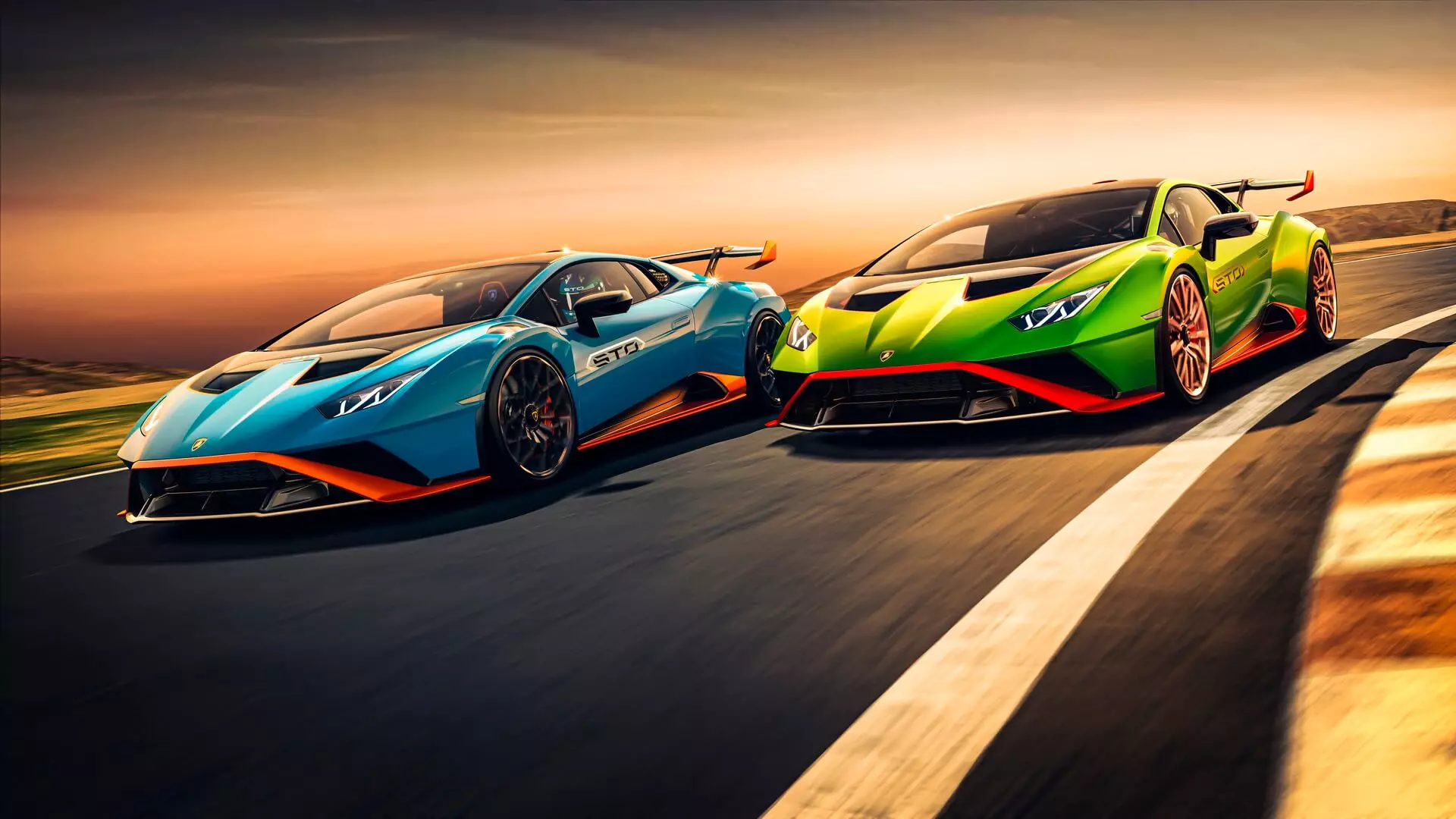
Interior with purpose…
… just like the outside. The emphasis on lightness is also visible in the interior of the Huracán STO, with carbon fiber being used extensively throughout the cabin, including the sports seats and… mats. Alcantara is also not lacking in coverings, as well as Carbonskin (carbon leather).
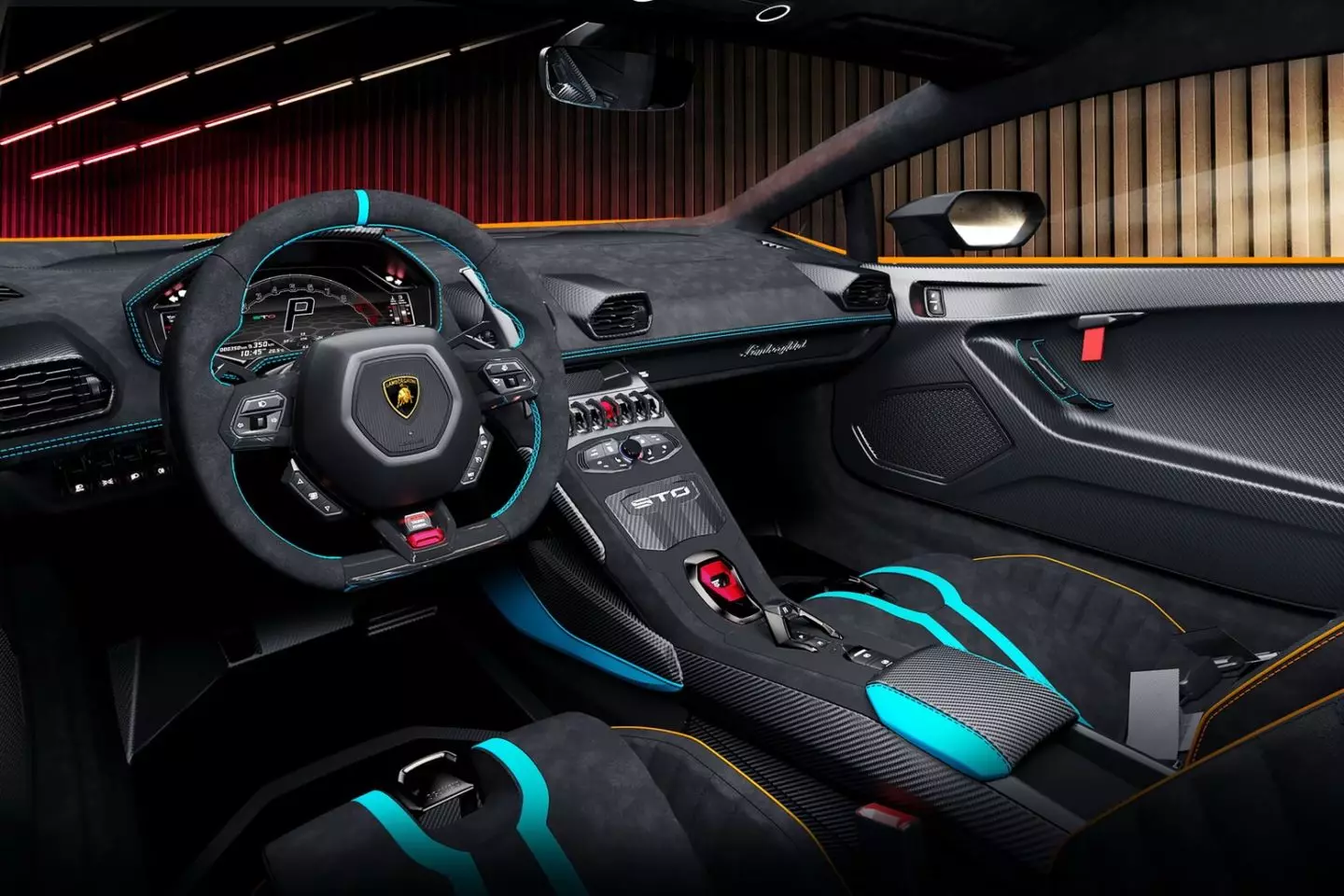
Given its focus on circuits, the seat belts are four-point, and there's even a compartment at the front to store helmets.
How much does it cost?
With the first deliveries taking place in the spring of 2021, the new Lamborghini Huracán STO has a price starting at 249 412 euros… without tax.
